Broadcast method reduces organic matter in shrimp ponds
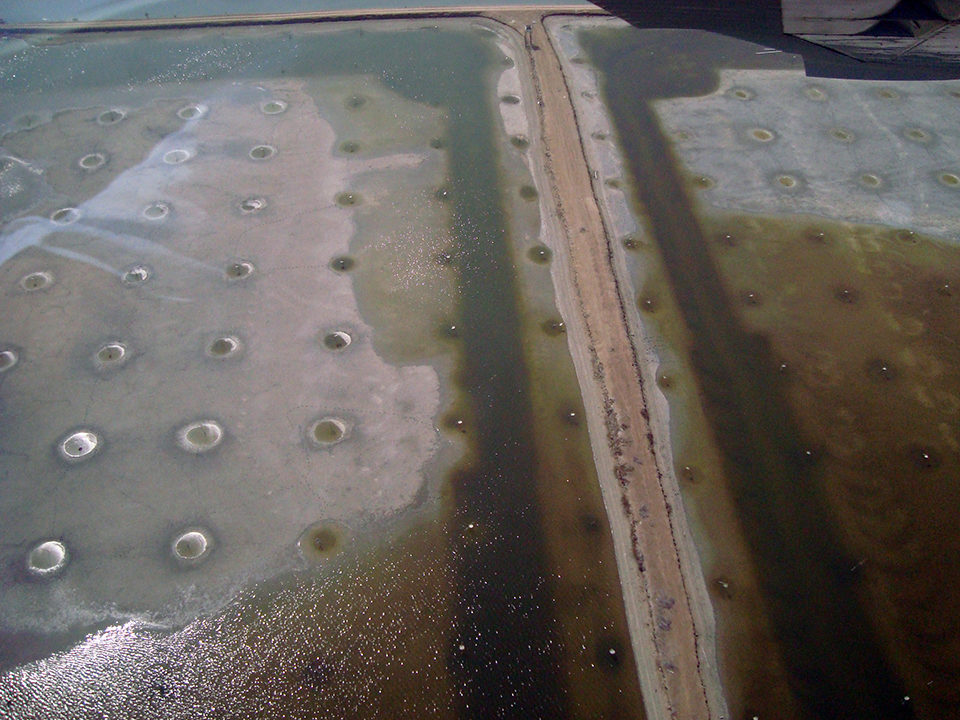
Three Latin American shrimp farms visited by one of the authors applied all feed via 20 feed trays/ha to shrimp stocked at 20/m² or more in earthen ponds. Depressions were observed in these ponds bottoms after harvest, and the average amount of feed for each tray was over 1 kg in the last month of each production cycle.
Measurements of organic matter concentrations on pond bottoms showed significant differences between feeding and non-feeding areas (Table 1). Values for feed tray areas were above the recommended 3 percent concentration.
Ching, Average soil organic matter, Table 1
| Country | Organic Matter Feed Tray Areas | Organic Matter Outside Tray Areas |
|---|
Country | Organic Matter Feed Tray Areas | Organic Matter Outside Tray Areas |
|---|---|---|
| Brazil | 5.35% | 2.50% |
| Ecuador | 3.50% | 1.76% |
| Peru | 4.23% | 2.05% |
To address this, the farms decided to level their pond bottoms and changed their feeding methods to broadcast the feed, using only 3 feed trays/ha for feed samples to evaluate consumption. Since then, soil quality improved and shrimp survival increased.
Intensification
Many shrimp farms using earthen ponds in Latin America have applied the “all feed in trays” method for many years. With low stocking densities and proper pond bottom preparation, high concentrations of organic matter in the soil were avoided. However, in recent years, stocking densities increased at many Latin American farms, and the amount of feed applied in each tray rose to more than 1 kg/tray.
When some of the added feed went underneath the trays, thousands of shrimp dug under the trays and caused depressions. In these depressions, the concentrations of organic matter from feed, feces and exuviae increased above the 3 percent recommended value in every cycle of production and led to bacterial disease outbreaks. Thus, many farms are changing their feeding method to broadcasting.
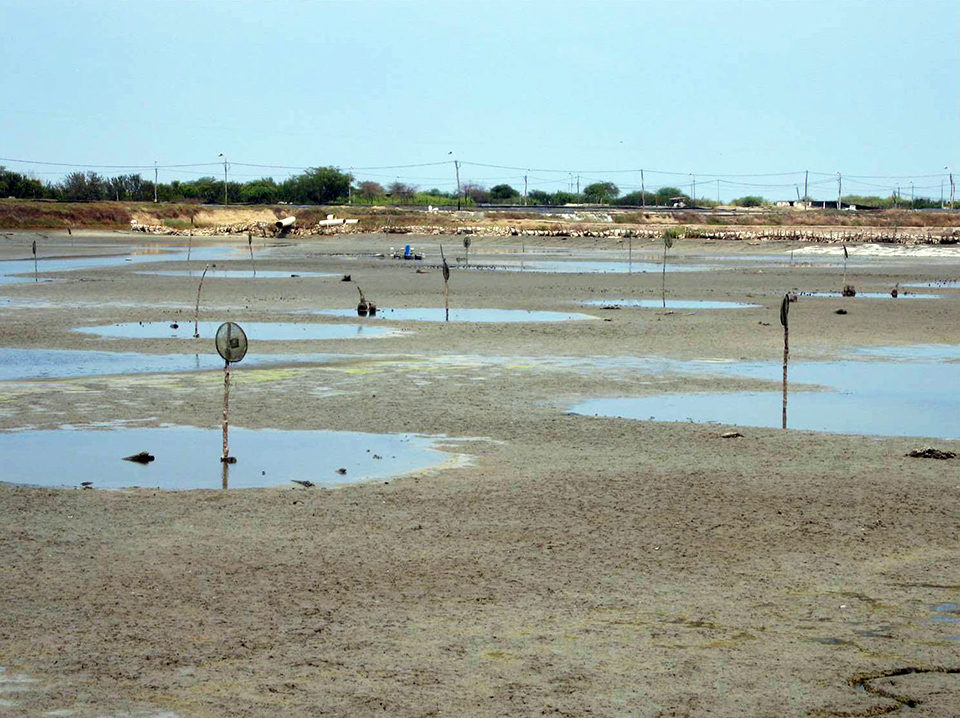
Broadcast feeding
Due to the large amount of feed they use, most farms in Asia broadcast all their feed with only small feed samples on feed trays. Latin America is following suit as its farm densities rise.
The method for broadcasting feed used by most of the shrimp farms in the world consists of broadcasting 94 to 97 percent of the feed dose, leaving 3 to 6 percent of the dose to be divided as samples on feed trays. The criteria used for this method depend on the season and size of the pond.
The number of feed trays is defined by the area of the pond (Table 2). In small ponds with intensive culture, more feed trays per hectare are used than in large ponds over 2 ha used for extensive or semi-intensive culture.
Ching, Recommended number of feed tray, Table 2
| Pond Area (ha) | Trays/ha |
|---|
Pond Area (ha) | Trays/ha |
|---|---|
| Below 2 | 6-10 |
| 2-5 | 4-5 |
| 5-10 | 2-3 |
| Over 10 | 1-2 |
Some farms not willing to change their “all feed in trays” approach are overcoming the problem of using too much feed by increasing the number of daily feed doses and/or installing more feed trays, but these changes increase labor costs and logistics.
(Editor’s Note: This article was originally published in the September/October 2012 print edition of the Global Aquaculture Advocate.)
Now that you've reached the end of the article ...
… please consider supporting GSA’s mission to advance responsible seafood practices through education, advocacy and third-party assurances. The Advocate aims to document the evolution of responsible seafood practices and share the expansive knowledge of our vast network of contributors.
By becoming a Global Seafood Alliance member, you’re ensuring that all of the pre-competitive work we do through member benefits, resources and events can continue. Individual membership costs just $50 a year.
Not a GSA member? Join us.
Authors
-
Dr. Carlos A. Ching
Technical Assistance Manager
Nicovita – Alicorp SAA
Av. Argentina 4793
Callao, Peru -
Dr. Chalor Limsuwan
Professor, Department of Fishery Biology
Kasetsart University
Bangkok, Thailand
Tagged With
Related Posts
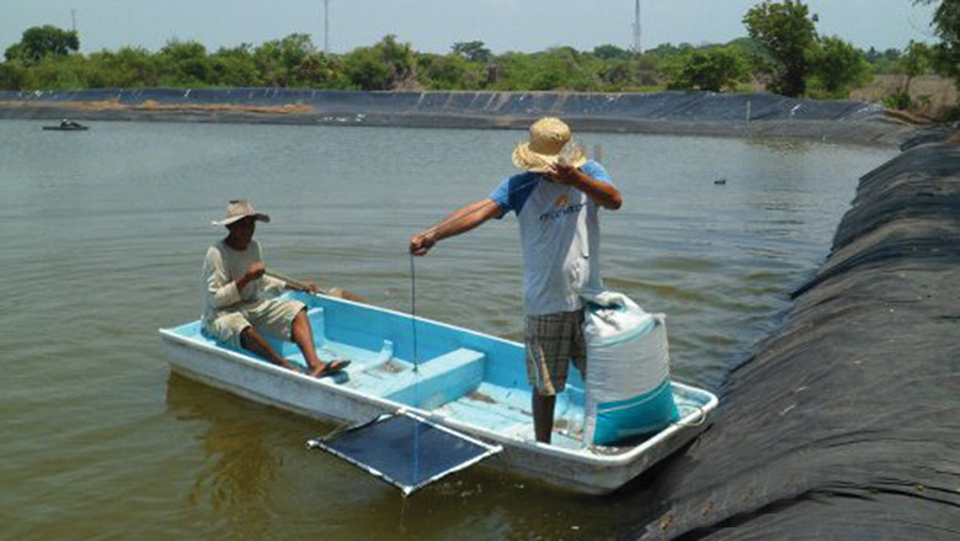
Aquafeeds
Feed trays: The good, the bad, the ugly
Feed trays are typically used to avoid overfeeding in aquaculture production systems. They are sometimes used to deliver 100 percent of the feed that is fed, and other times a small number of trays are used as a guide to evaluate broadcast feeding techniques.
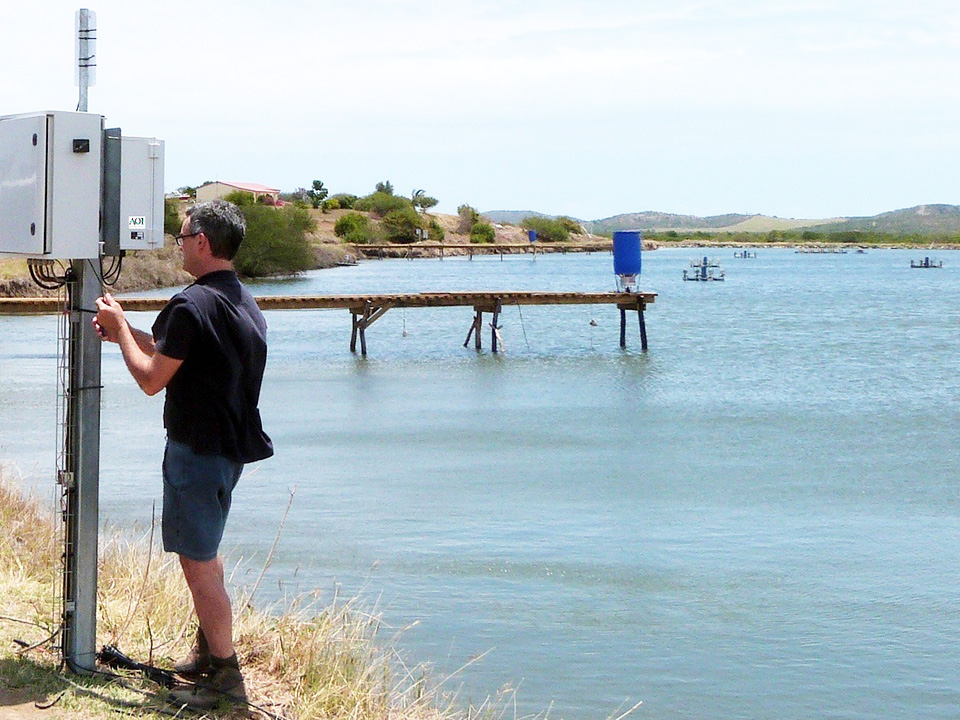
Innovation & Investment
Acoustic control improves feeding productivity at shrimp farms
In systems recently developed for shrimp farms, passive acoustic-based technology enables sensor-based control of multiple automatic feeders. Improved growth and feed conversion have been recorded at commercial farms using the technology.
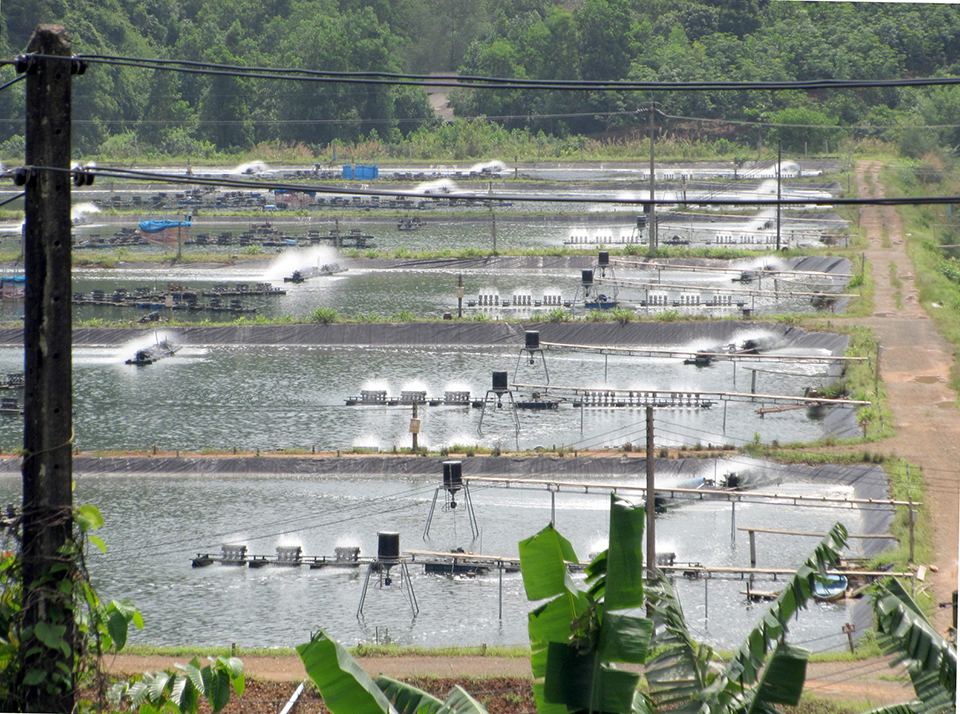
Aquafeeds
Automatic feeding in shrimp aquaculture
Controlled by timers, automatic feeders should be placed in deeper areas of ponds and away from aerators. Overfeeding is rare during automatic feeding, and pond bottom quality is maintained through grow-out cycles.
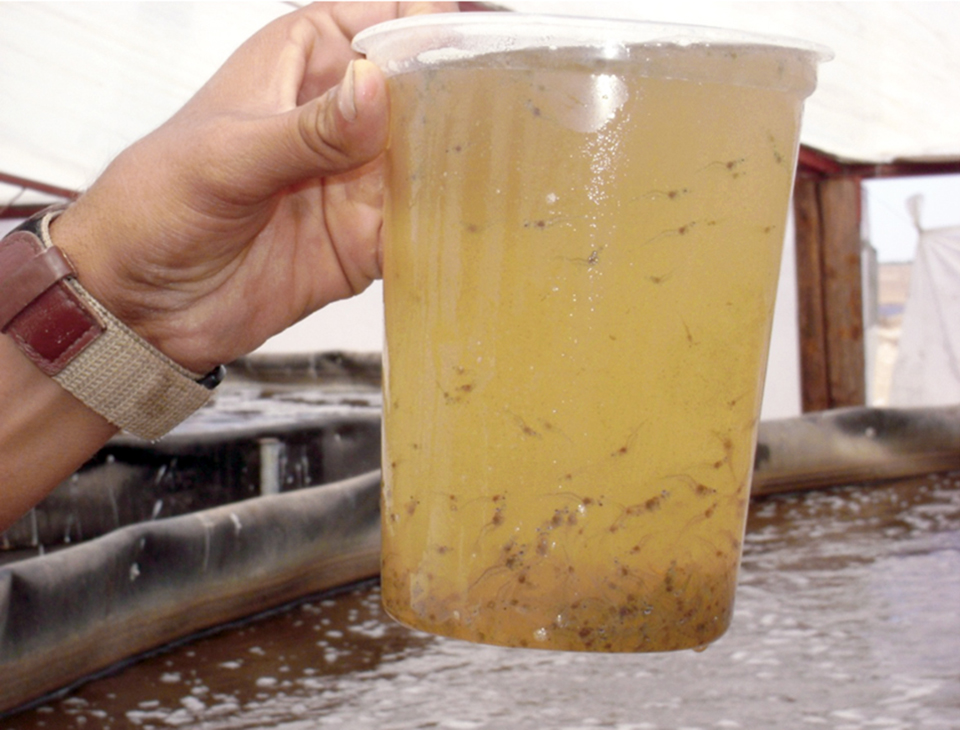
Aquafeeds
Feeding considerations for hyper-intensive shrimp nursery systems
For an intensive shrimp nursery, the main goal in feeding is to supply each animal the proper quantity of feed where it can be easily accessed and consumed.



